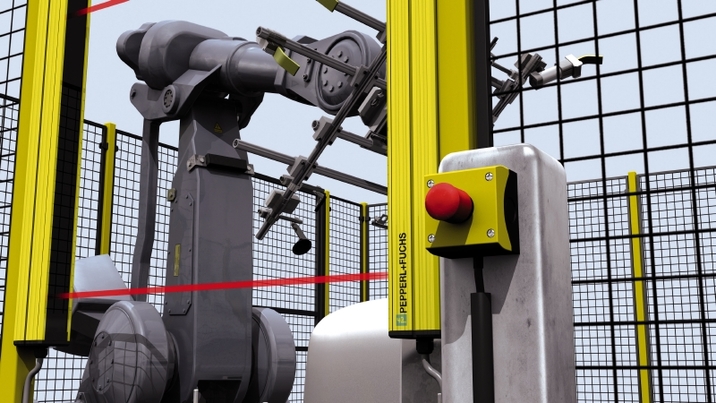Safety Integrity Level (SIL) and Performance Level (PL)—History and Distinction
Speaking of ways to rate systems for use in today’s safety applications, the acronyms SIL (safety integrity level), PL (performance level), and SILCL (SIL claim level) come to mind. In the first place, this only seems to make the topic more complicated to comprehend, but ultimately this distinction can be understood when their evolution and their background are illuminated.
IEC 61508 and IEC 61511—Driven by Chemical Industries

The development of the standards IEC 61508 and IEC 61511 for functional safety was encouraged and supported mainly by the chemical industry. As traditional standards were basing safety on special system architectures or regular testing, the application of safety PLCs was not possible directly. Programmed devices can inherit deficiencies popularly known as ‘bugs’, which have the problematic feature that in redundancies a simultaneous failure cannot really be excluded.
The idea was to base safety statements on the probability for reliable function in case any demand for a safe reaction was given. With the determination of certain rules for a structured approach in development and testing of hardware and software, the standards provided a system that has proven to be suitable for safety applications throughout the years.
Close Relations Between Safety Standards
However, while the chemical industry mostly faces risks that need a safety related reaction every few years or even less frequent, the safety systems in machinery can be demanded very often or continually when the machine is used. This is why ISO 13849-1 was developed based on the mentioned traditional standards while additionally opening the way for the use of safety PLCs by including the probabilistic approach. With this standard, the necessities evolving from the machinery directive were covered as well.
As the last paragraph already shows, there are close relationships between the mentioned standards. And so there are not only the acronyms SIL from the IEC 61508 and PL from the ISO 13849 but there also is a SILCL defined in IEC 62061 which is also usable in the machinery world but closer to the SIL world with programmable devices.
Plant Safety and Machinery Safety—Two Sides of One Coin

Machinery directive 2006/42/EG regulates safety requirements on machinery and installations that are brought onto the market in the European Union. Which products are under the directive is precisely named. In comparison to the previous version, the new directive is laying more stress on an extensive risk assessment of the machinery, which includes an extensive risk analysis. At the same time in facilitates a method for a simplified conformity assessment for machinery when using harmonized standards.
These standards include the mentioned EN ISO 13849 series and the EN IEC 62061, which regulate establishing the functional safety of safety related and programmable electronic control systems.
Both of these standards are closely linked to the standards EN IEC 61508 for functional safety, which give a framework including necessities for safety management like definition of processes, regulation of responsibilities and organizational measures. This is why the EN IEC 61508 standards are also cited when the standards for safety functions under the machinery directive define higher ranked safety functions. In conjunction with further specific safety standards, a network evolves that has influence on all parts of machine and plant safety. Aim of all these measures is the implementation of suitable safety functions for the machine and plant safety sector.
More Information on Functional Safety
Pepperl+Fuchs provides solutions for both sides of this coin and offers a manifold of devices that might be just what you need for your application. Please use our selection tool to find the suitable safety devices or dig deeper into safety knowledge by clicking the links below.






 +49 621 776-0
+49 621 776-0